Microsoft patents low-power WIFI internet sharing
2 min. read
Updated on
Read our disclosure page to find out how can you help MSPoweruser sustain the editorial team Read more
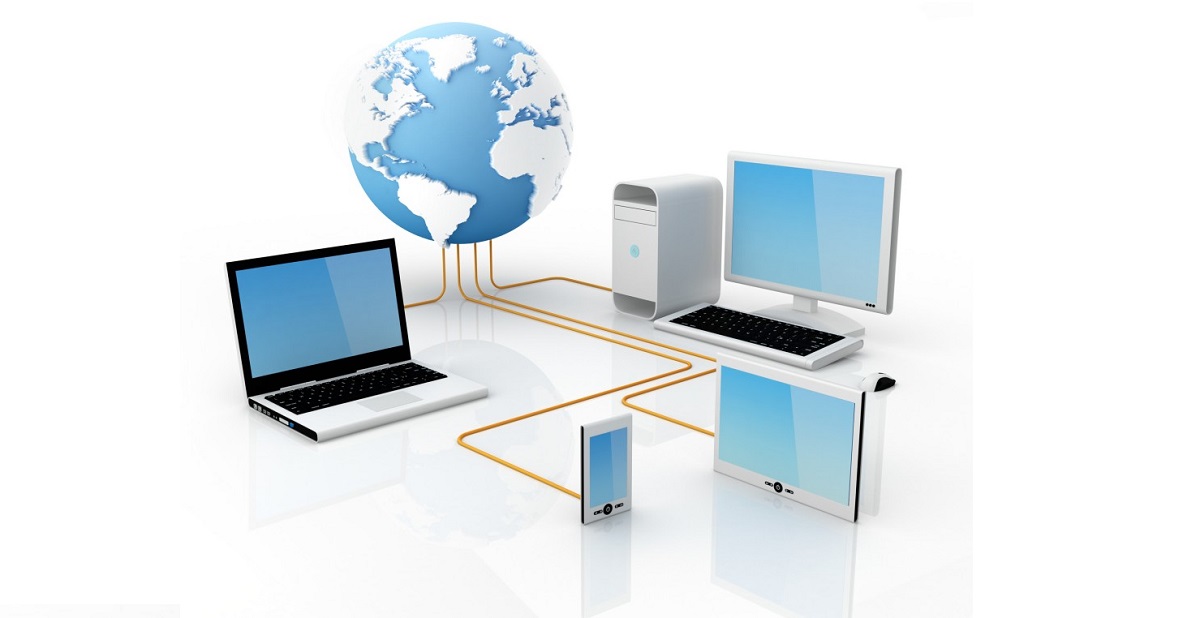
With the rise of 2:1 hybrid devices we are increasingly expected to carry our PC with us, but buying PC/tablet with LTE and an extra data plan is often much more than most users need.
Microsoft has been working to make WIFI tethering easier with Windows Phones for some time, with the OS now supporting tethering over Bluetooth, and for some years now supporting triggering of WIFI tethering over Bluetooth with paired Windows Phones and Windows 8.1/10 PCs.
A big issue with WIFI tethering from phones however is that it places a significant drain on the battery of the phone, not only due to the WIFI power consumption but also because the phone needs to constantly be in a full power mode. Most phones deal with this by dropping the connection after some minutes of idle time, but this means that the connection needs to be manually re-established, which can be a pain if your phone is in your pocket or bag.
With Microsoft’s new patent “POWER SAVING WI-FI TETHERING” , Microsoft proposes a solution. It would require the phone and the tablet/PC to coordinate sleep/idle times when data exchange is not needed, allowing the phone to enter into periods of low-power mode, and allowing power saving of up to 90%.
Microsoft also notes that the system could intelligently coordinate the length of the sleep periods based on the applications on the tethering devices, for example sleeping for longer periods when users are reading web pages and shorter if they are on a social network for example or playing a network game.
It is not known if Microsoft plans to implement this feature on Windows 10 and Windows 10 Mobile, and this is the kind of feature which can only be done when you own both the phone and the PC, but with Microsoft’s increasing push into mobile computing it certainly appears likely.
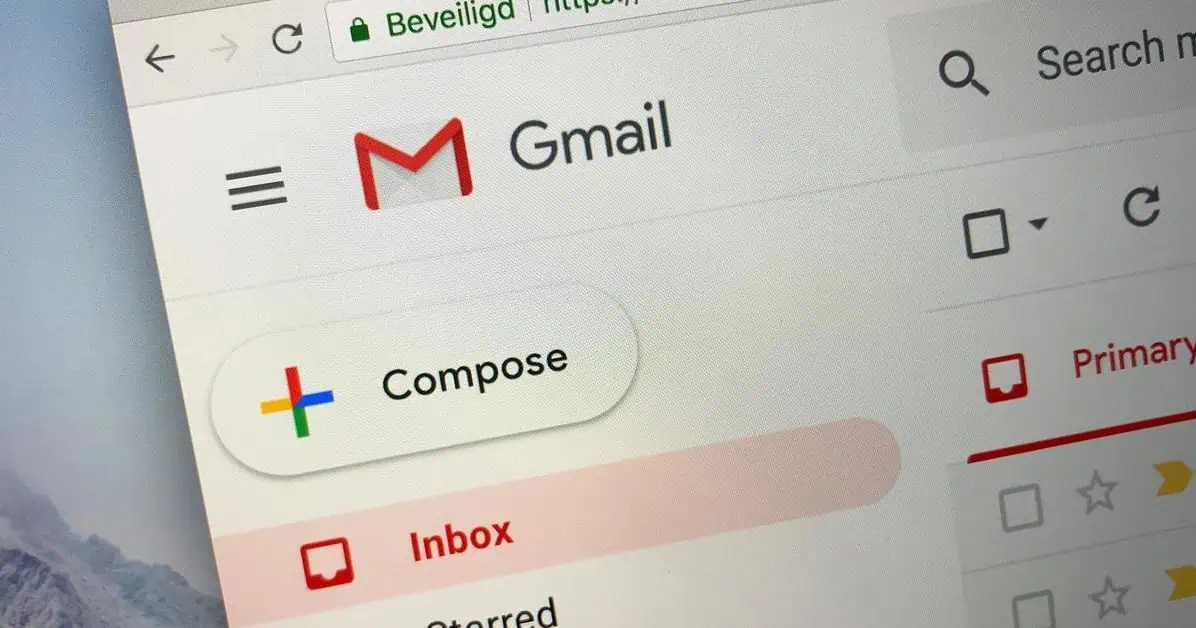
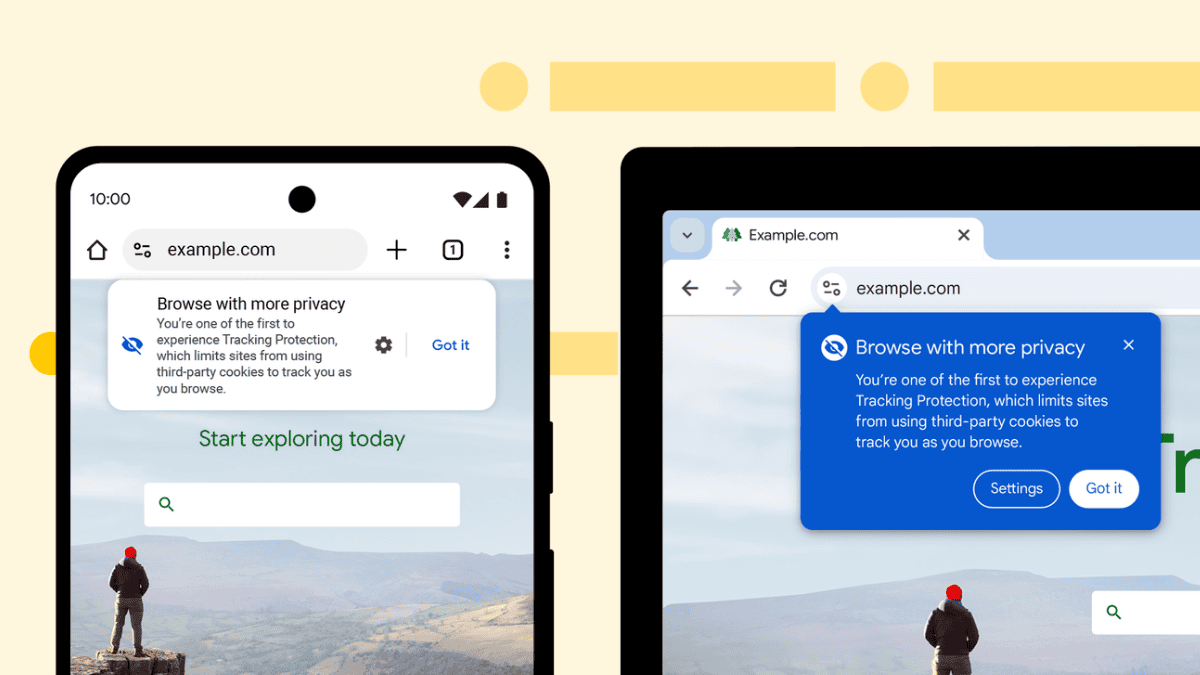

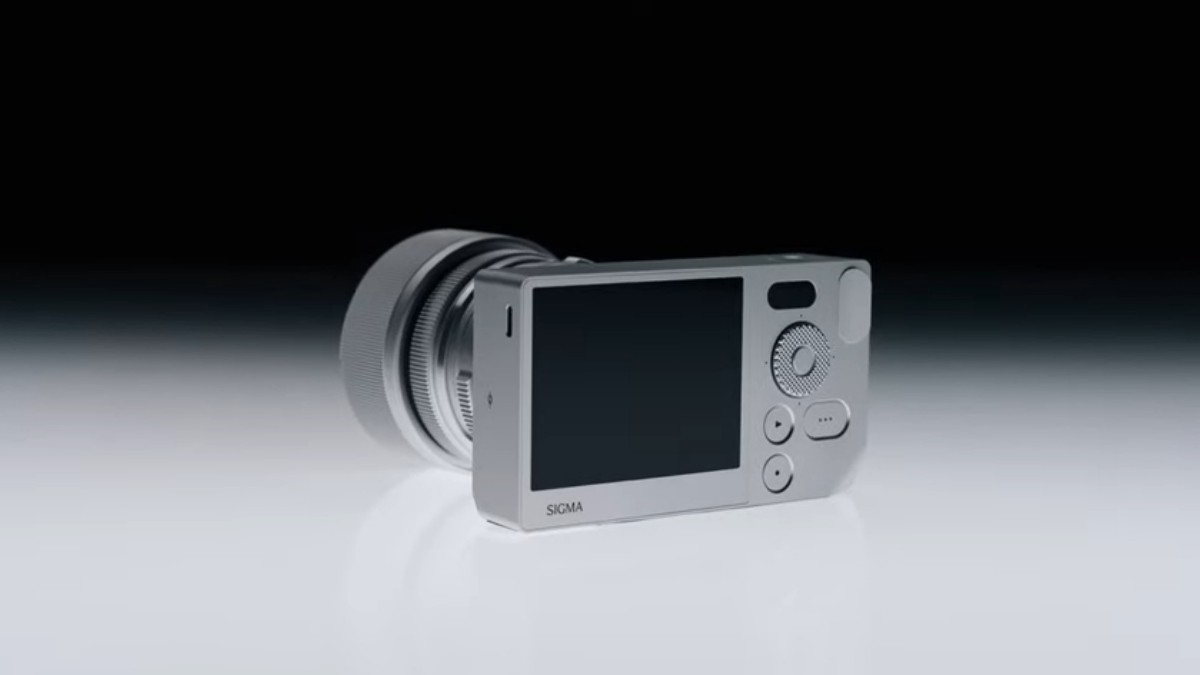

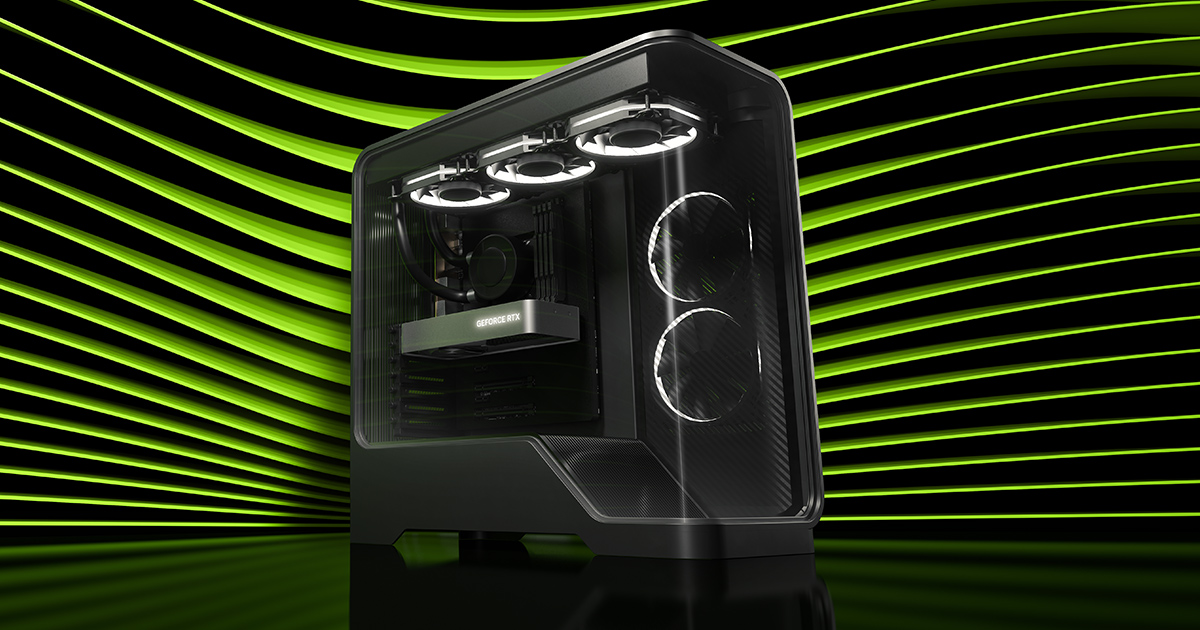

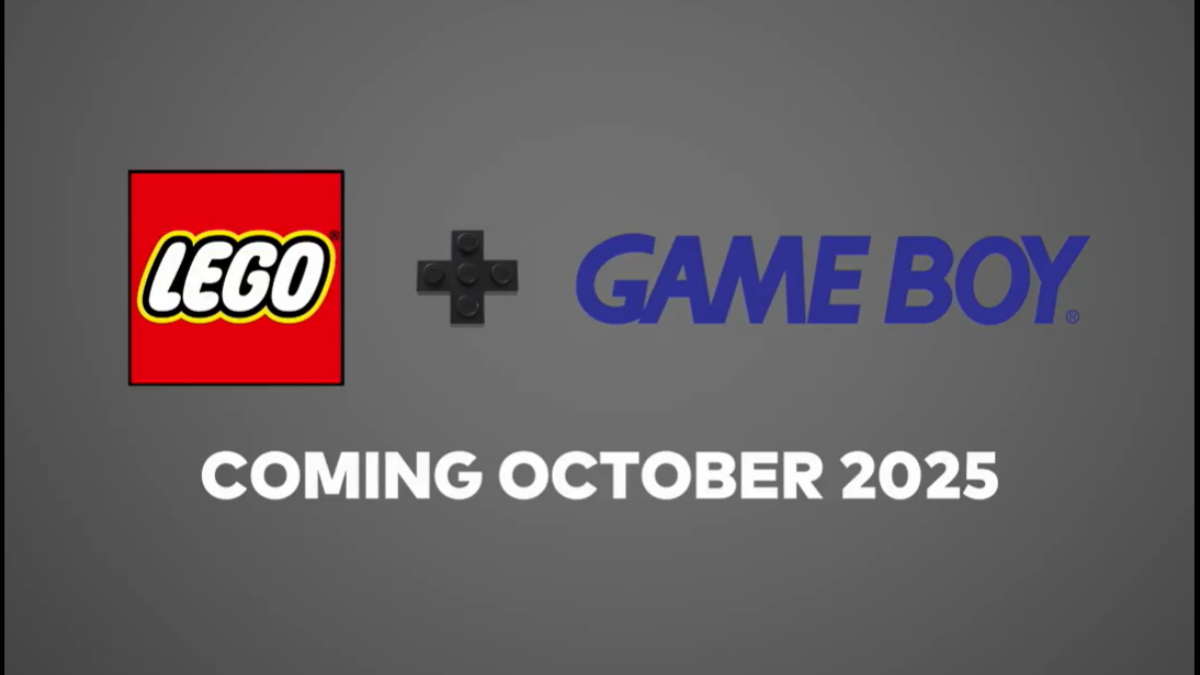
User forum
11 messages